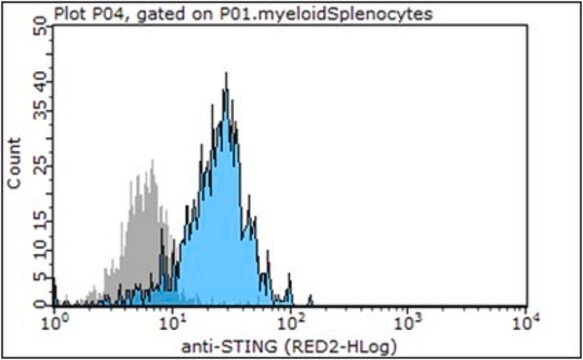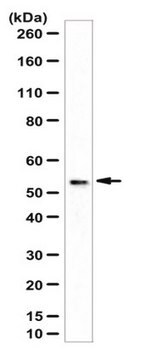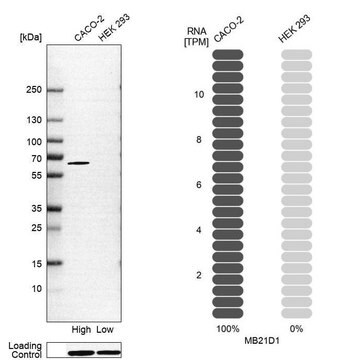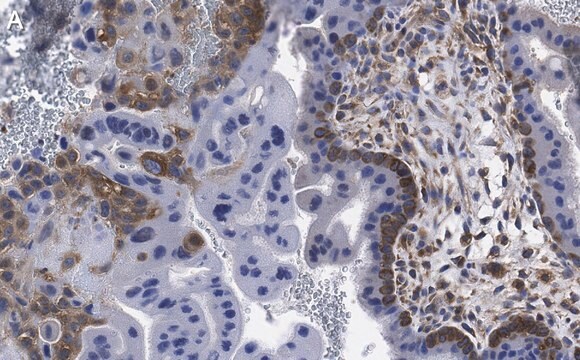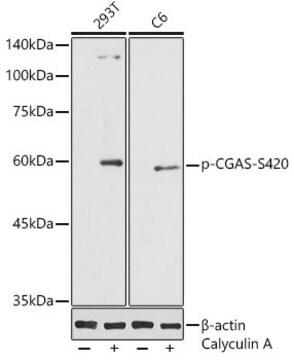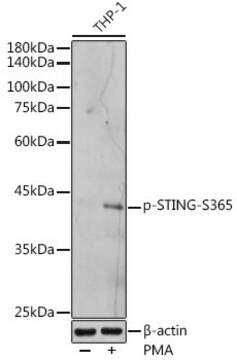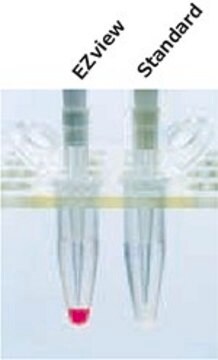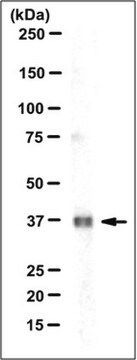MABF270
Anti-STING Antibody, clone S17G2C4B7
clone S17G2C4B7, from mouse
Sinônimo(s):
Stimulator of interferon genes protein, Endoplasmic reticulum interferon stimulator, ERIS, hMITA, hSTING, Mediator of IRF3 activation, Transmembrane protein 173
About This Item
Produtos recomendados
fonte biológica
mouse
Nível de qualidade
forma do anticorpo
purified antibody
tipo de produto de anticorpo
primary antibodies
clone
S17G2C4B7, monoclonal
reatividade de espécies
mouse, human
técnica(s)
immunocytochemistry: suitable
western blot: suitable
Isotipo
IgG1κ
nº de adesão NCBI
nº de adesão UniProt
Condições de expedição
wet ice
modificação pós-traducional do alvo
unmodified
Informações sobre genes
human ... TMEM173(340061)
Descrição geral
Especificidade
Imunogênio
Aplicação
Inflammation & Immunology
Infectious Diseases - Viral
Immunocytochemistry Analysis: A 1:50 dilution from a representative lot detected the expression of exogenously transfected human and murine STING in HEK293T cells, as well as the endogenous STING in telomerase-immortalized human foreskin fibroblasts hTERT-BJ1 (Courtesy of Dr. Glen N. Barber, University of Miami School of Medicine, FL, U.S.A.).
Qualidade
Western Blotting Analysis: 1.0 µg/mL of this antibody detected STING in 50 µg of HEK293T cell lysate.
Descrição-alvo
forma física
Armazenamento e estabilidade
Outras notas
Exoneração de responsabilidade
Não está encontrando o produto certo?
Experimente o nosso Ferramenta de seleção de produtos.
Código de classe de armazenamento
12 - Non Combustible Liquids
Classe de risco de água (WGK)
WGK 1
Ponto de fulgor (°F)
Not applicable
Ponto de fulgor (°C)
Not applicable
Certificados de análise (COA)
Busque Certificados de análise (COA) digitando o Número do Lote do produto. Os números de lote e remessa podem ser encontrados no rótulo de um produto após a palavra “Lot” ou “Batch”.
Já possui este produto?
Encontre a documentação dos produtos que você adquiriu recentemente na biblioteca de documentos.
Nossa equipe de cientistas tem experiência em todas as áreas de pesquisa, incluindo Life Sciences, ciência de materiais, síntese química, cromatografia, química analítica e muitas outras.
Entre em contato com a assistência técnica